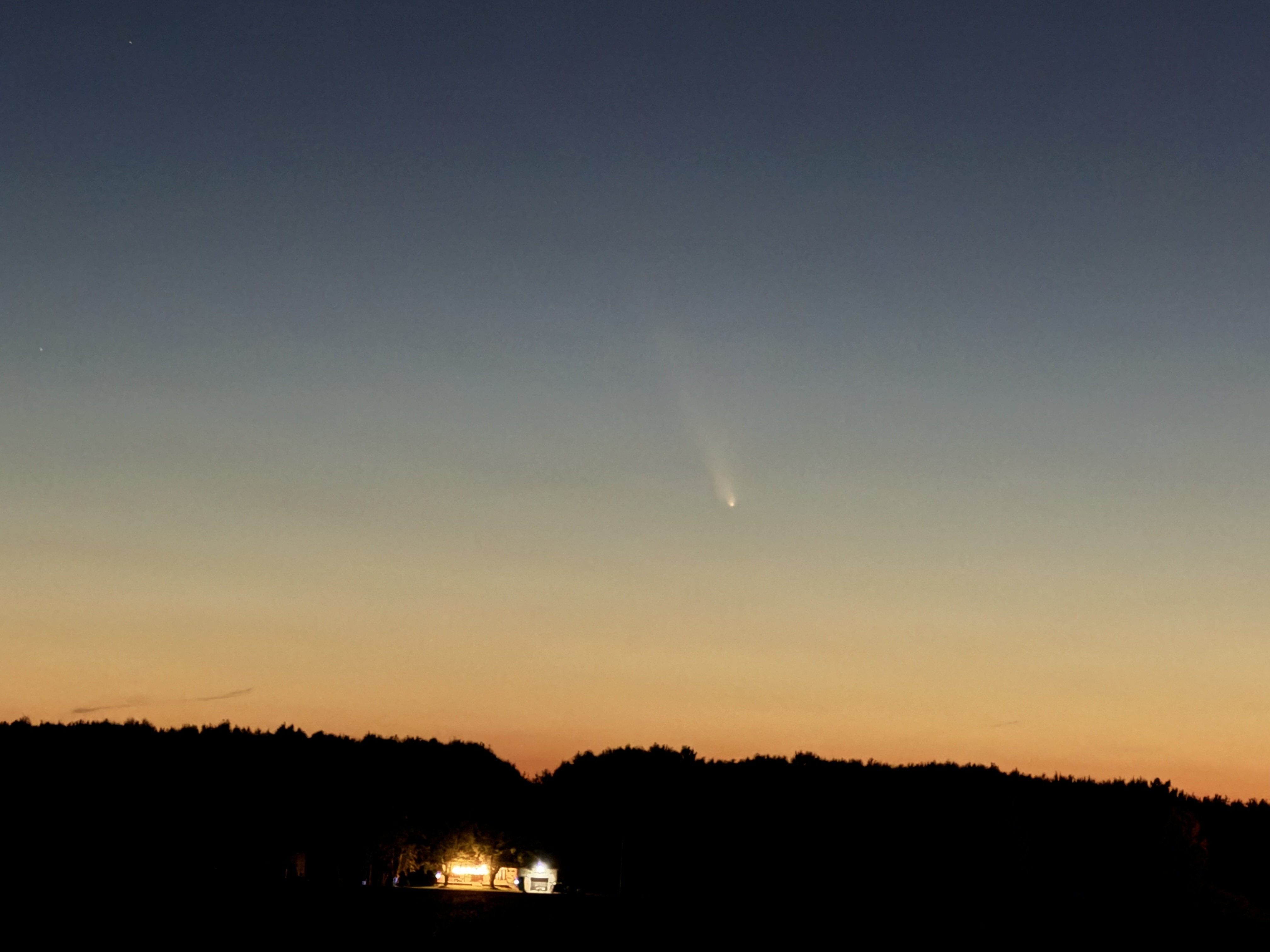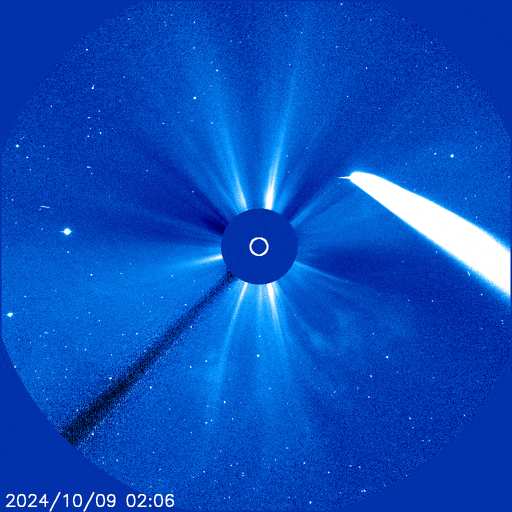Space
8759 readers
147 users here now
Share & discuss informative content on: Astrophysics, Cosmology, Space Exploration, Planetary Science and Astrobiology.
Rules
- Be respectful and inclusive.
- No harassment, hate speech, or trolling.
- Engage in constructive discussions.
- Share relevant content.
- Follow guidelines and moderators' instructions.
- Use appropriate language and tone.
- Report violations.
- Foster a continuous learning environment.
Picture of the Day
 The Busy Center of the Lagoon Nebula
The Busy Center of the Lagoon Nebula
Related Communities
🔭 Science
- [email protected]
- [email protected]
- [email protected]
- [email protected]
- [email protected]
- [email protected]
- [email protected]
- [email protected]
- [email protected]
🚀 Engineering
🌌 Art and Photography
Other Cool Links
founded 1 year ago
MODERATORS
26
27
28
29
30
31
32
33
34
103
4,300 tonnes of space junk and rising: another satellite breakup adds to orbital debris woes.
(theconversation.com)
36
37
38
39
40
41
42
43
44
45
47
48
49
50
60
Record Discovery: Three Large Stars Locked in a Space Smaller Than Mercury's Orbit
(www.sciencealert.com)




